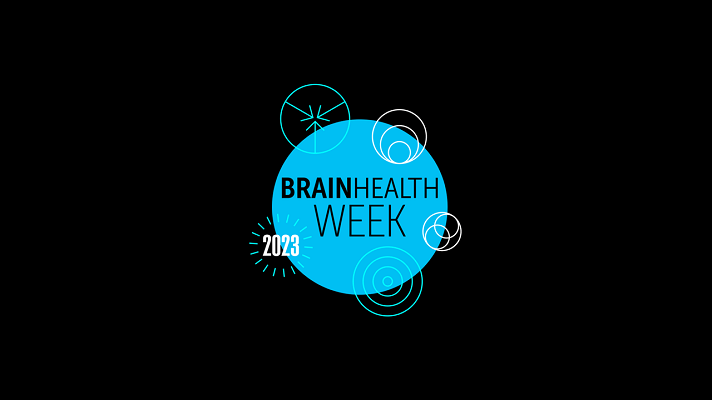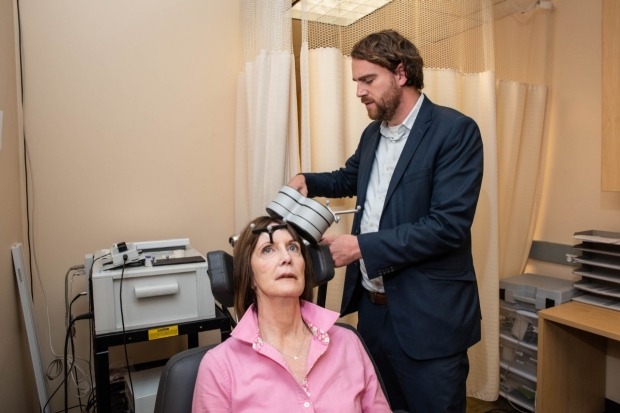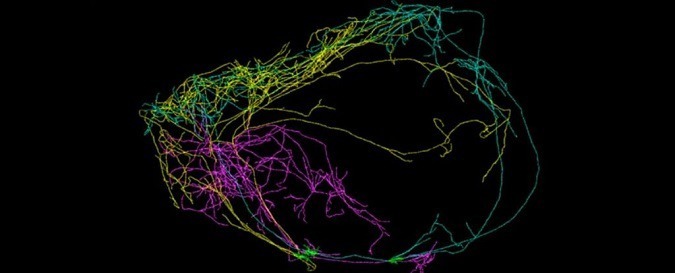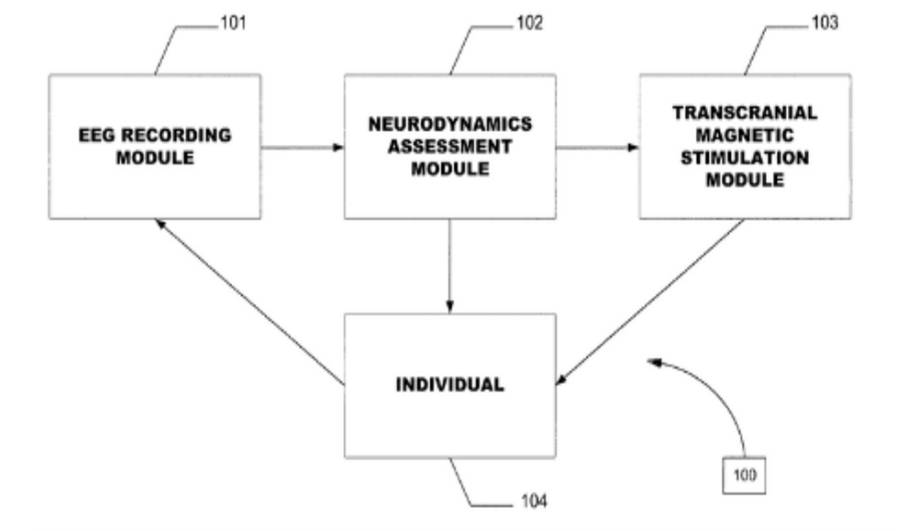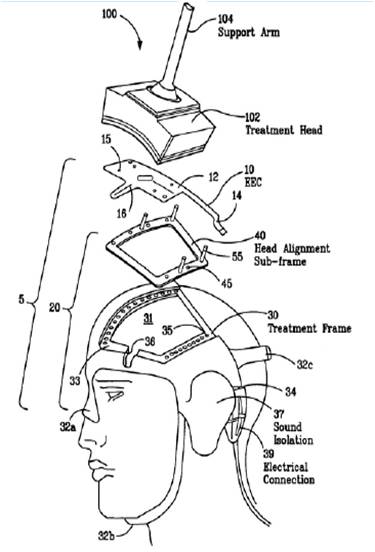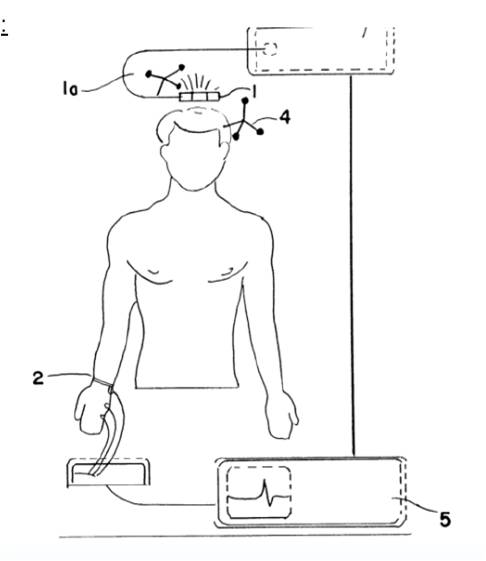Posts Tagged ‘TMS’
BrainHealth Week starts today! Plus: dancing, personalized mental health, brain stimulation and more
Welcome to a new edition of SharpBrains e‑newsletter, annoucing the kick-off of BrainHealth Week and featuring some stimulating resources and teasers. #1. BrainHealth Week (February 20–24th) starts today: Explore many fun events including a daily text challenge, a talk with the always great Dr. Tom Insel, and more! #2. Without Brain Health, you do not have…
Read MoreReinventing depression treatment via transcranial magnetic brain stimulation (TMS)
___ Stanford researchers devise treatment that relieved depression in 90% of participants in small study (press release): “A new form of magnetic brain stimulation rapidly relieved symptoms of severe depression in 90% of participants in a small study conducted by researchers at the Stanford University School of Medicine … In transcranial magnetic stimulation, electric currents…
Read MoreUpdate: To honor Brain Awareness Week 2017, let’s highlight 10 Key Facts To Harness Neuroplasticity And Improve Brain Fitness
— Last week was Brain Awareness Week, so let’s first of all discuss these 10 Key Facts to Harness Neuroplasticity & Improve Brain Fitness coming from the hundreds of scientific and medical studies we analyzed to prepare the book The SharpBrains Guide to Brain Fitness: How to Improve Brain Health and Performance at Any Age. And here’s the rest…
Read MoreThe future of personalized brain stimulation via enhanced cognitive-emotive profiles: Key neurotechnology patent #31
Today we highlight a fascinating 2008 patent describing how to combine a number of neurotechnologies (EEG feedback, TMS brain stimulation, monitoring/ training software) to help “upgrade” one’s cognitive-emotive profile. U.S. Patent No. 7,460,903: Method and system for a real time adaptive system for effecting changes in cognitive-emotive profiles Inventor(s): Jaime A. Pineda, Brendan Z. Allison Technology…
Read MoreFacilitating clinical treatments via Transcranial Magnetic Stimulation (TMS): Key Neurotechnology Patent #21
Today we are sharing a key 2005 patent assigned to Neuronetics, Inc. (As mentioned, we are featuring a foundational Pervasive Neurotech patent a day, from older to newer by issue date) U.S. Patent No. 6,926,660: Facilitating treatment via magnetic stimulation. Assignee(s): Neuronetics, Inc. Inventor(s): Stanford W. Miller Technology Category: Transcranial Stimulation Issue Date: August 9, 2005 SharpBrains’ Take: TMS treatments…
Read MoreComputer modeling meets Transcranial Magnetic Stimulation (TMS): Key Neurotech Patent #17
This is a very interesting 2004 patent, assigned to Brainlab AG, outlining a way to use computer modeling to target brain stimulation. U.S. Patent No. 6,827,681: Method and device for transcranial magnetic stimulation. Assignee(s): Brainlab AG Inventor(s): Phillipp Tanner, Andreas Hartlep, Henrik Wist, Kerstin Wendicke, Thomas Weyh Technology Category: Transcranial Stimulation Issue Date: December 7, 2004 SharpBrains’ Take:…
Read More
